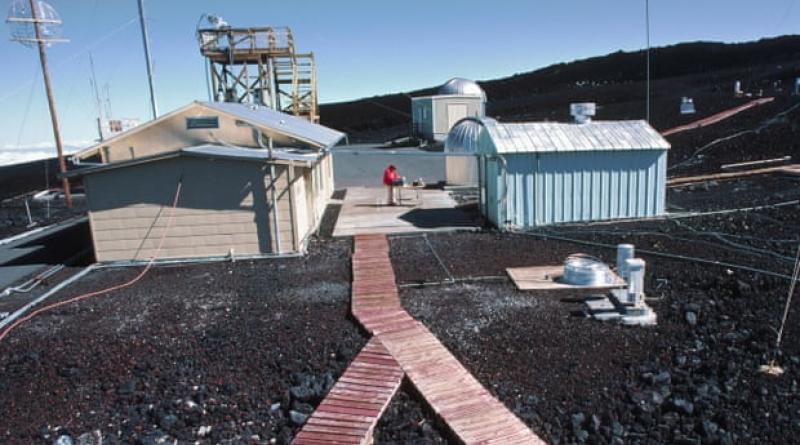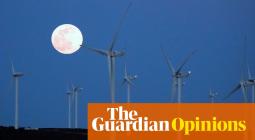What happens after coronavirus will determine our climate's future.

Daily CO2 counts from Hawaii make depressing reading – but this year the usual pattern may change.
Since the Guardian began daily reports of the atmospheric carbon dioxide count from Mauna Loa, in Hawaii, they have made depressing reading. The count has been going up faster than at any time in human history. A combination of wildfires in California, Australia and the Amazon, more coal stations in China and minor trends such as British motorists buying ever bigger cars have all made extra contributions to the already profligate use of fossil fuels. On 18 April CO2 reached 416.76 parts per million, 3.13 ppm more than last year, and way above the 350 ppm scientists consider to be safe. The “safe level” is a euphemism – above that limit areas in the tropics become too hot and dry to be habitable, many coastal cities sink below sea level and millions join mass migrations.
In May the readings usually begin to drop as plants and trees in the northern hemisphere remove carbon from the atmosphere in their spring spurt of growth, only for levels to rise again in the autumn.
This year the pandemic may change that depressing cycle. Earlier than usual the CO2 growth has peaked as factories have closed and traffic thinned. How politicians plan the recovery will determine whether we can ever again reach a “safe level” or doom civilization to inevitable collapse.
27 April 2020
The Guardian




